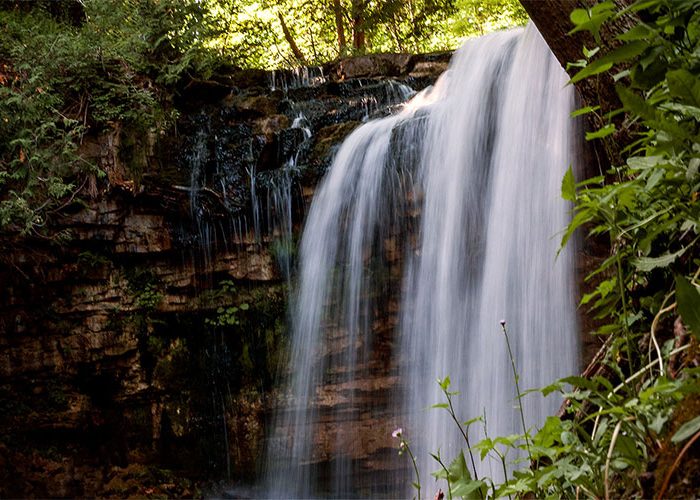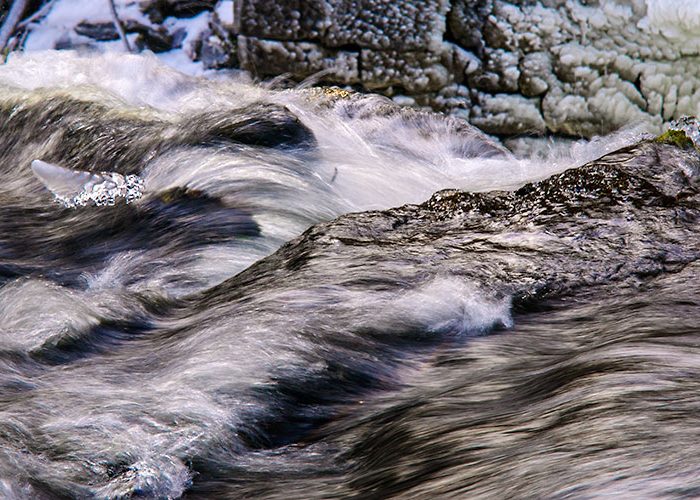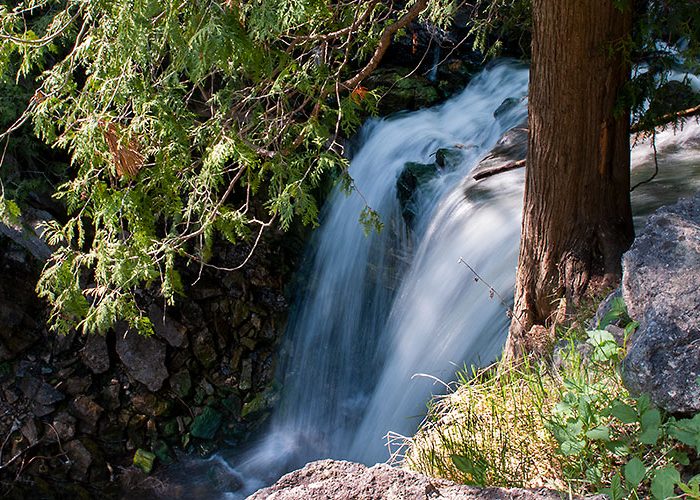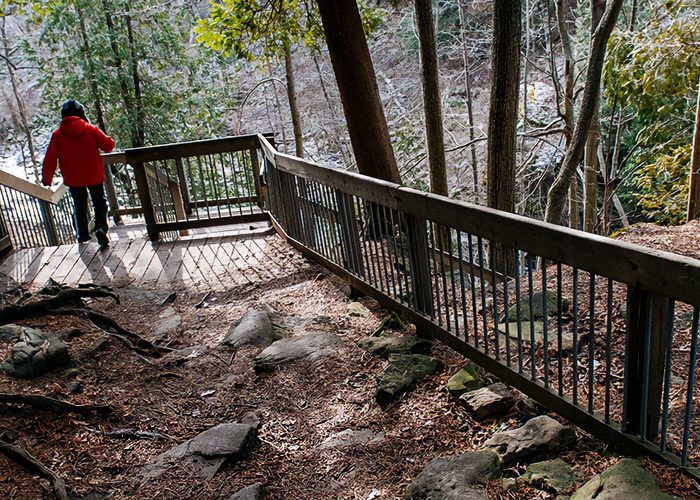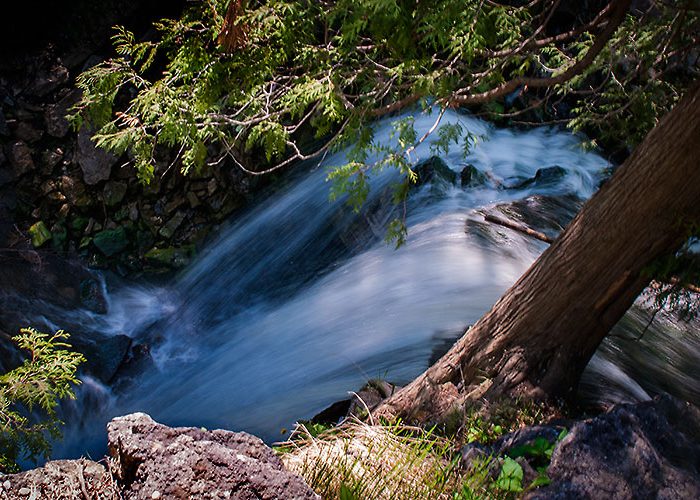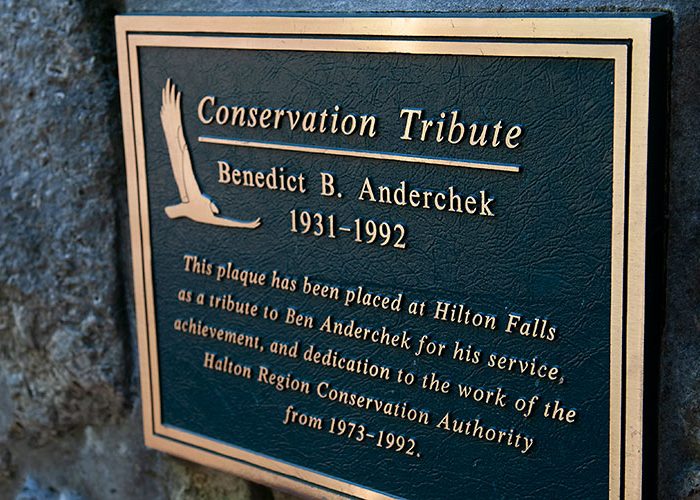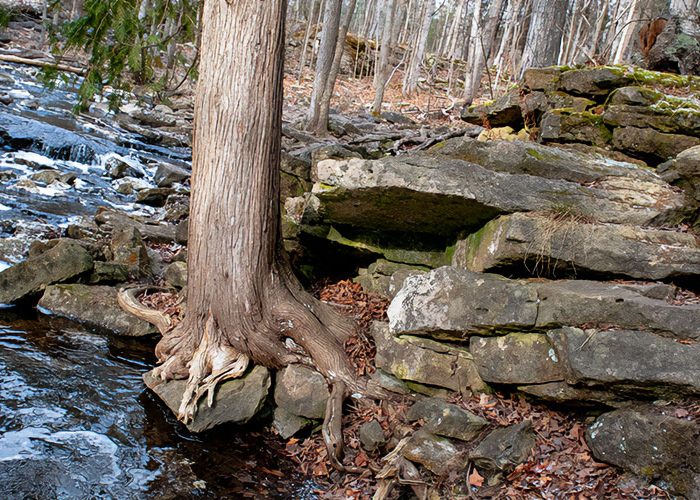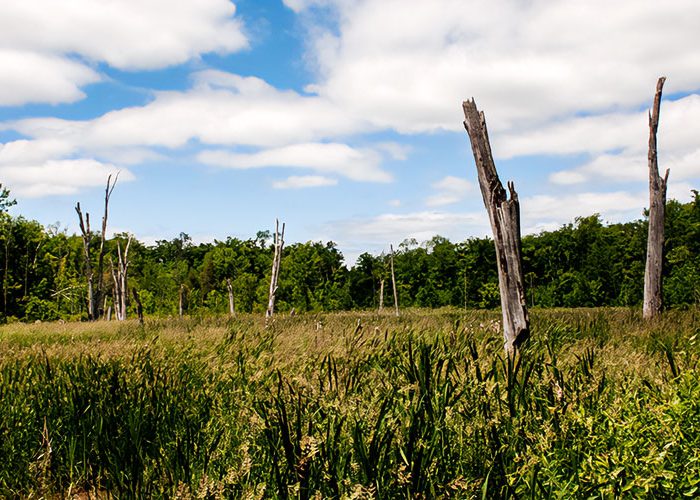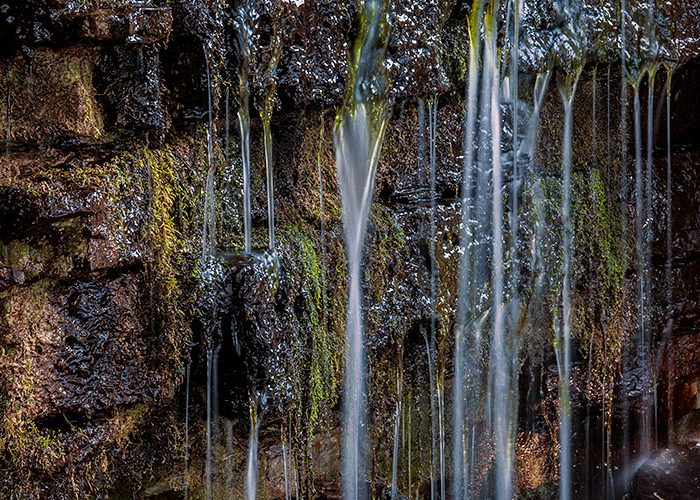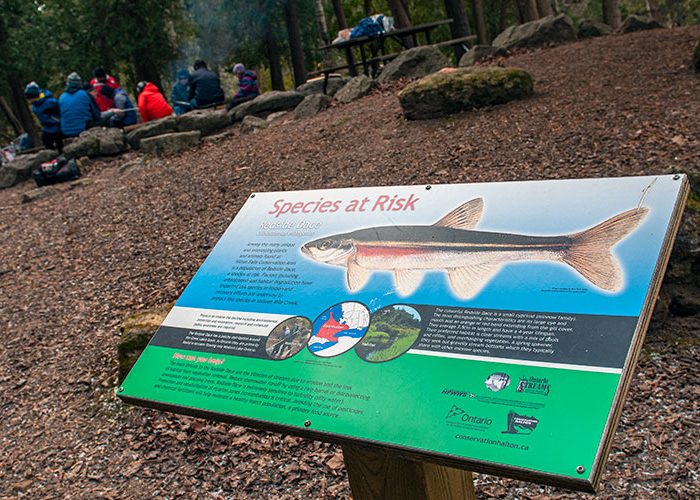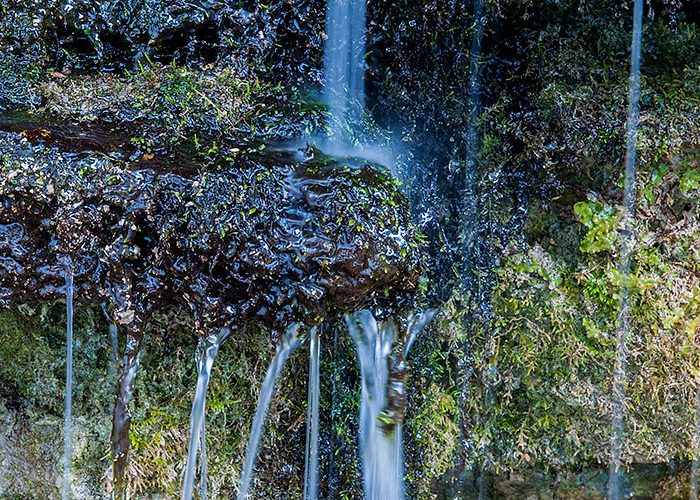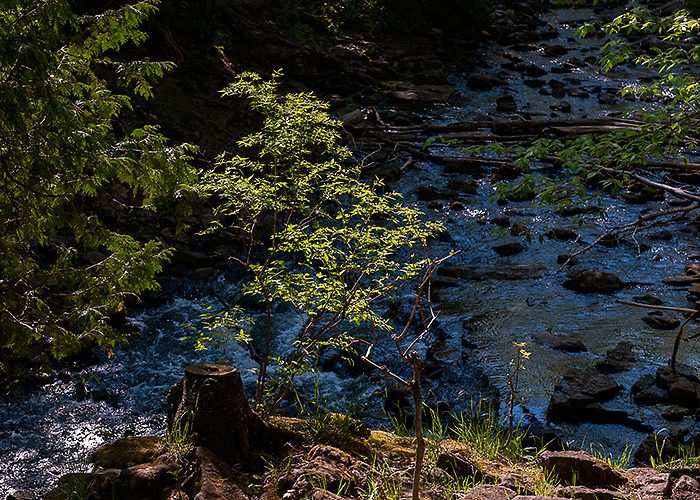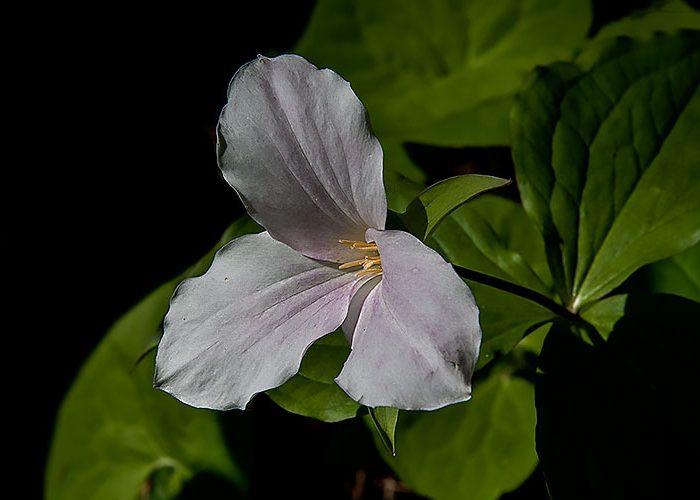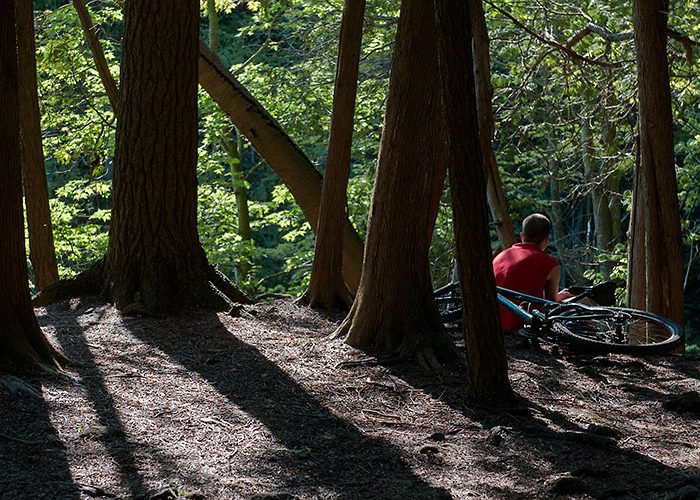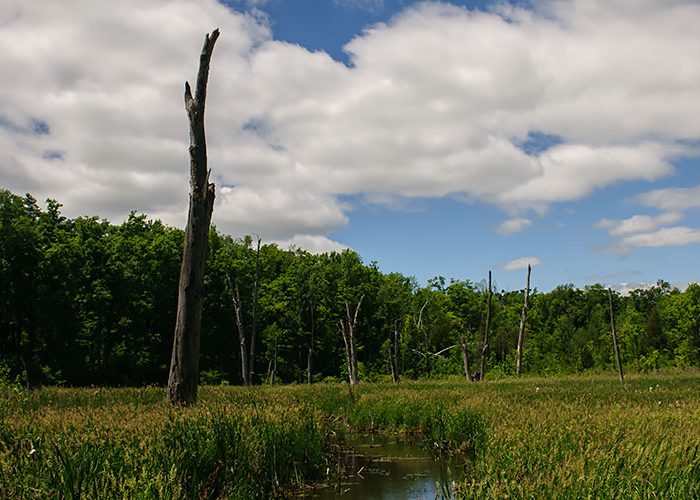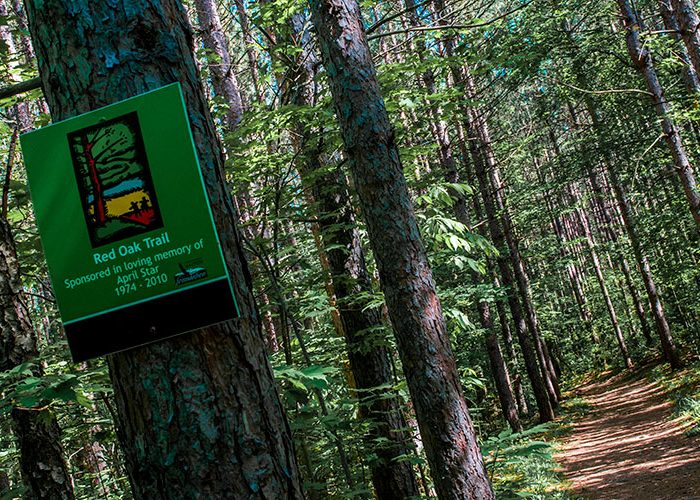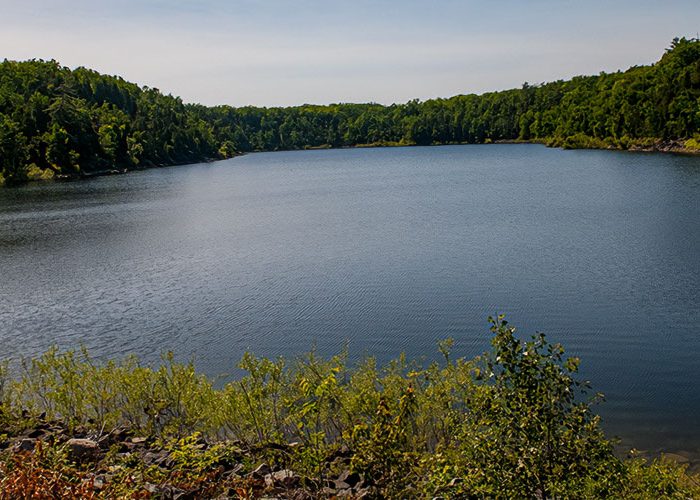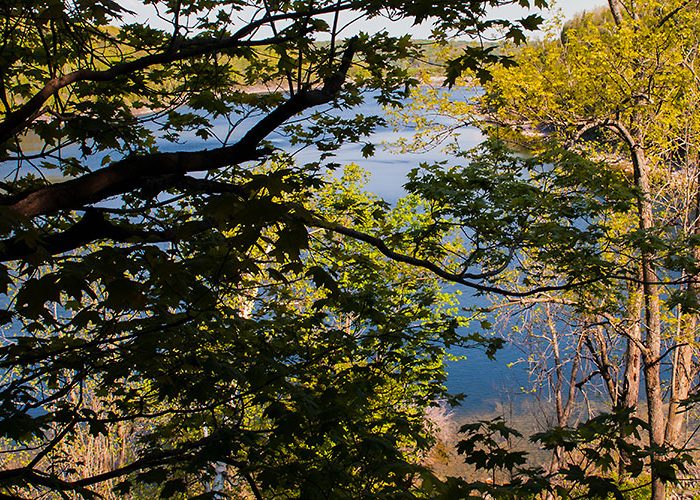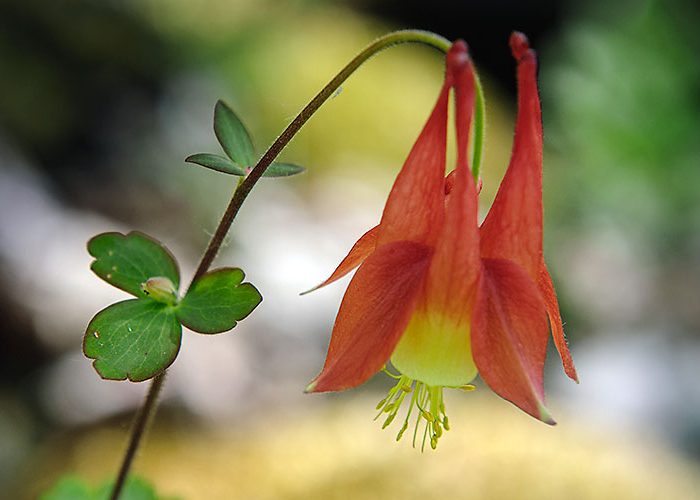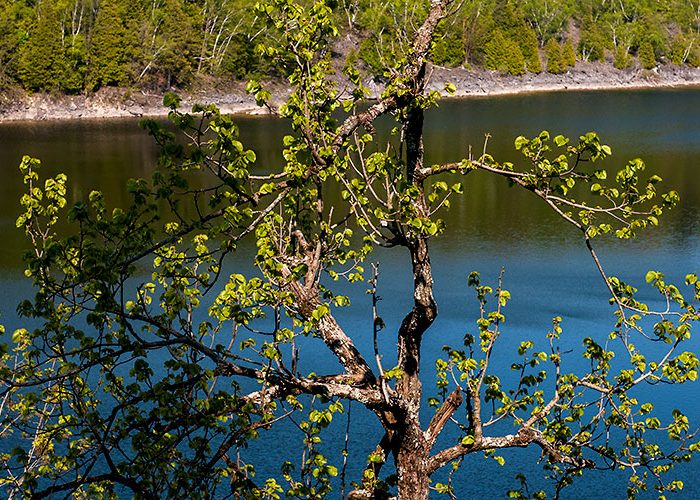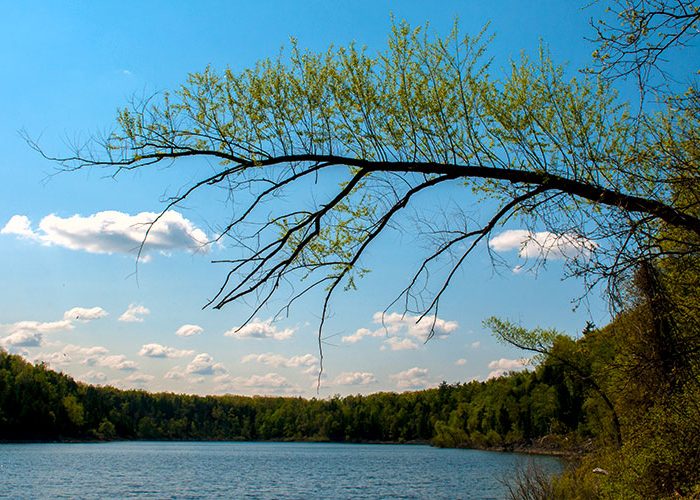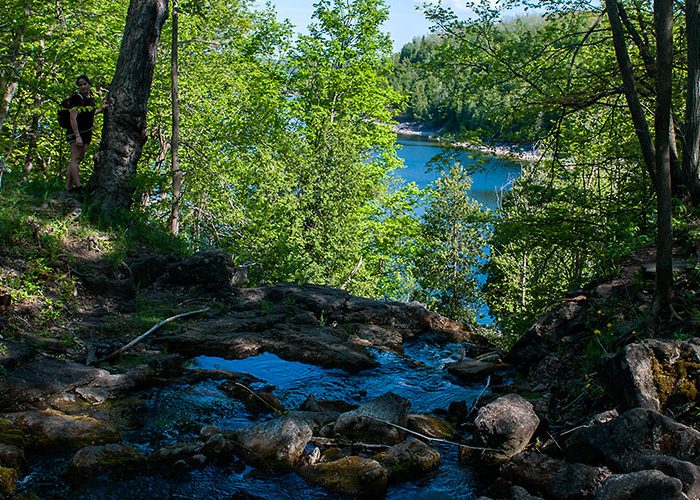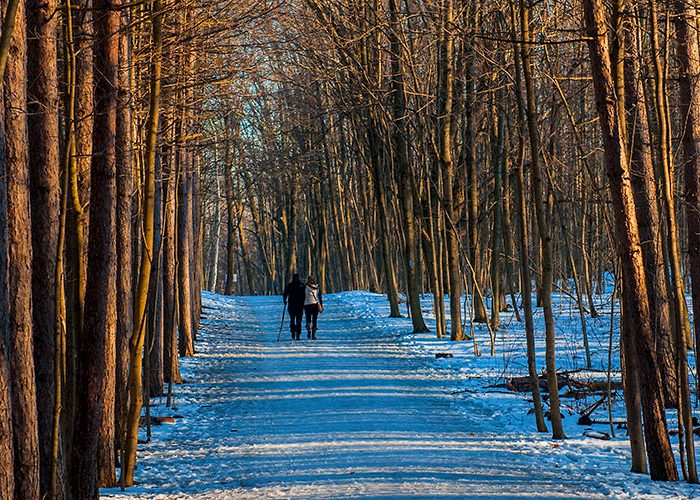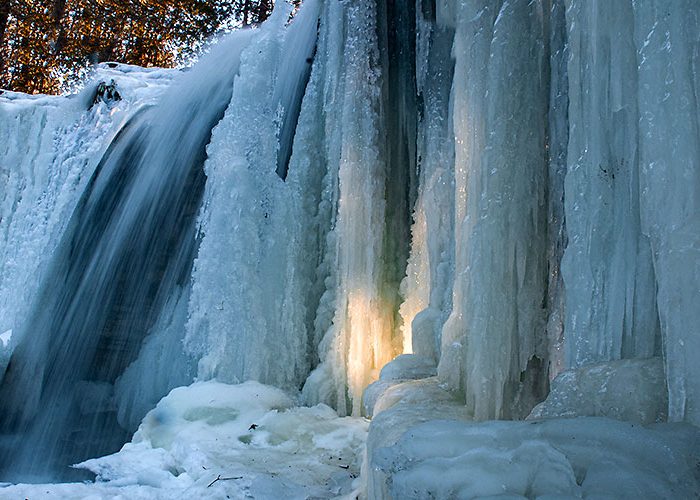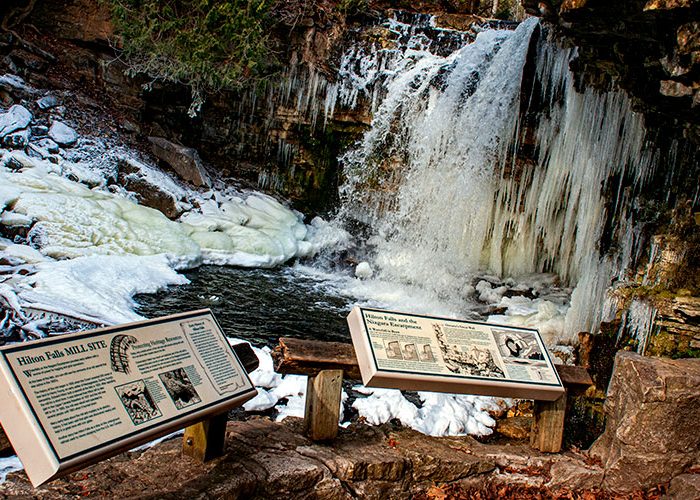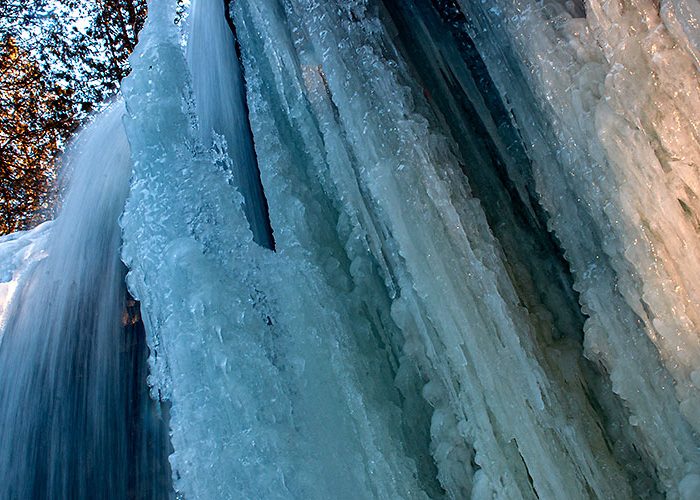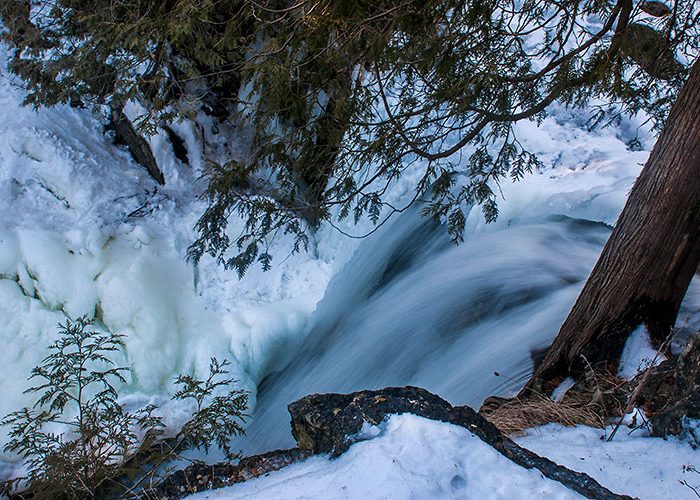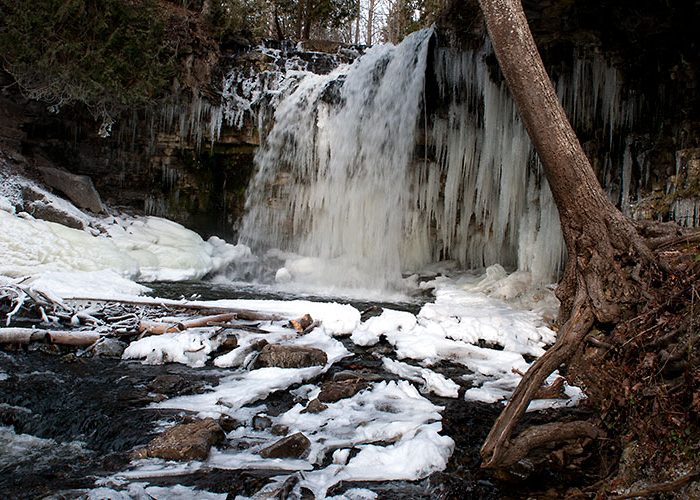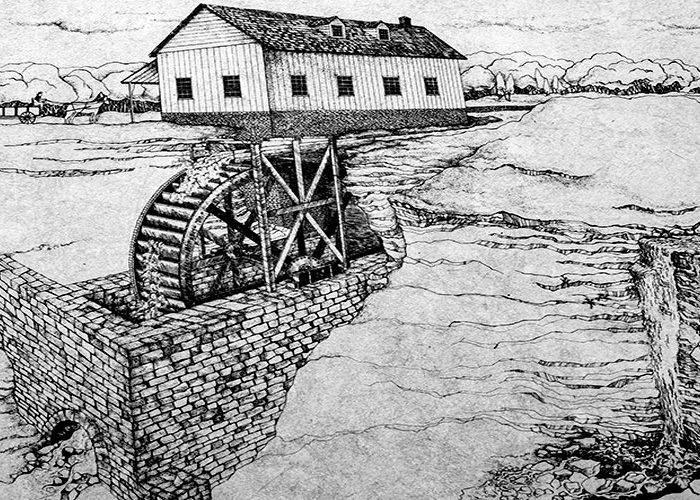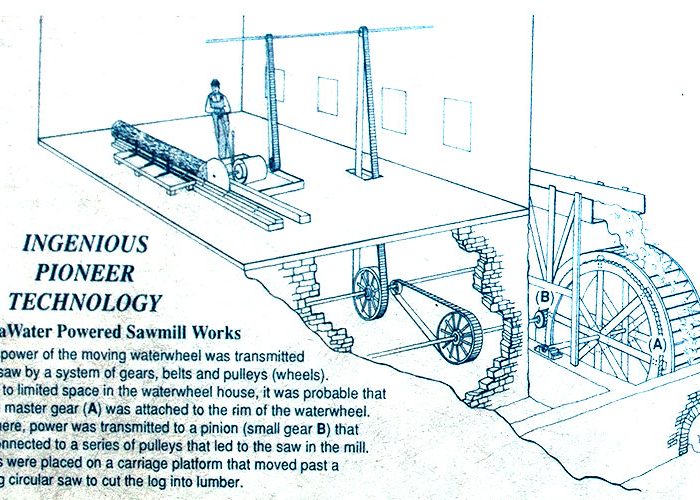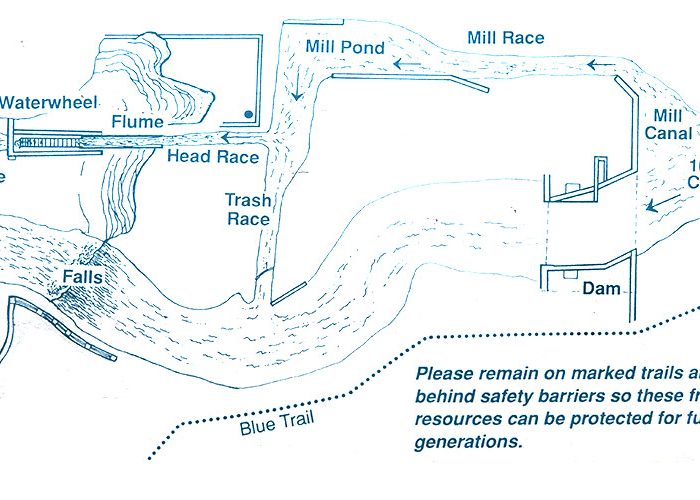Hilton Falls Conservation Area is a pleasant area for small hikes at any time of the year. The center of the area is not only a small lake and streams, but mainly a man-made waterfall, about 10m high.
History of Hilton Falls
During the period of glacial retreat, some 12,000–14,000 years ago, a large volume of meltwater flowed through this area.
The pothole seen here was warn in the bedrock by loose stones being spun around by the force od water flowing over the Escarpment at this area.
As the volume of meltwater decreased, the stream was reduced to its present location.
Original photos: Genuweb
Trails – Hilton Falls Conservation Area
Hilton Falls Conservation Area features several trails that together create a network for exploring the scenic environment.
The main trail, which leads to Hilton Falls, is approximately 1.5 km long and is suitable for most visitors.
Other notable trails in the area include the Hiking Loop, which can vary in length depending on the chosen route, typically ranging from 2 to 4 km, and may include connector paths that extend the hike.
Interesting historical fact:
Edward Hilton constructed the first mill on the site in 1835. The fate of his mill was connected to historical events of the period. Hilton supported William Lyon McKenzie in the rebellion of 1837, and after the uprising was crushed, Hilton fled to the United States, leaving his mill to fall into ruin.
In 1856, Dr. George Park acquired the property and built another mill, with an immense 12 metre diameter waterwheel to power the machinery. Park sold the operation in 1857, but the mill burned down soon afterward in 1860. The final mill, constructed by John Richards, operated from 1863 until 1867.
McDonald, John. Halton’s Heritage; William Halton and Halton County (Halton Sketches Publishing, 2011)
Hilton Falls Conservation Area / Map

